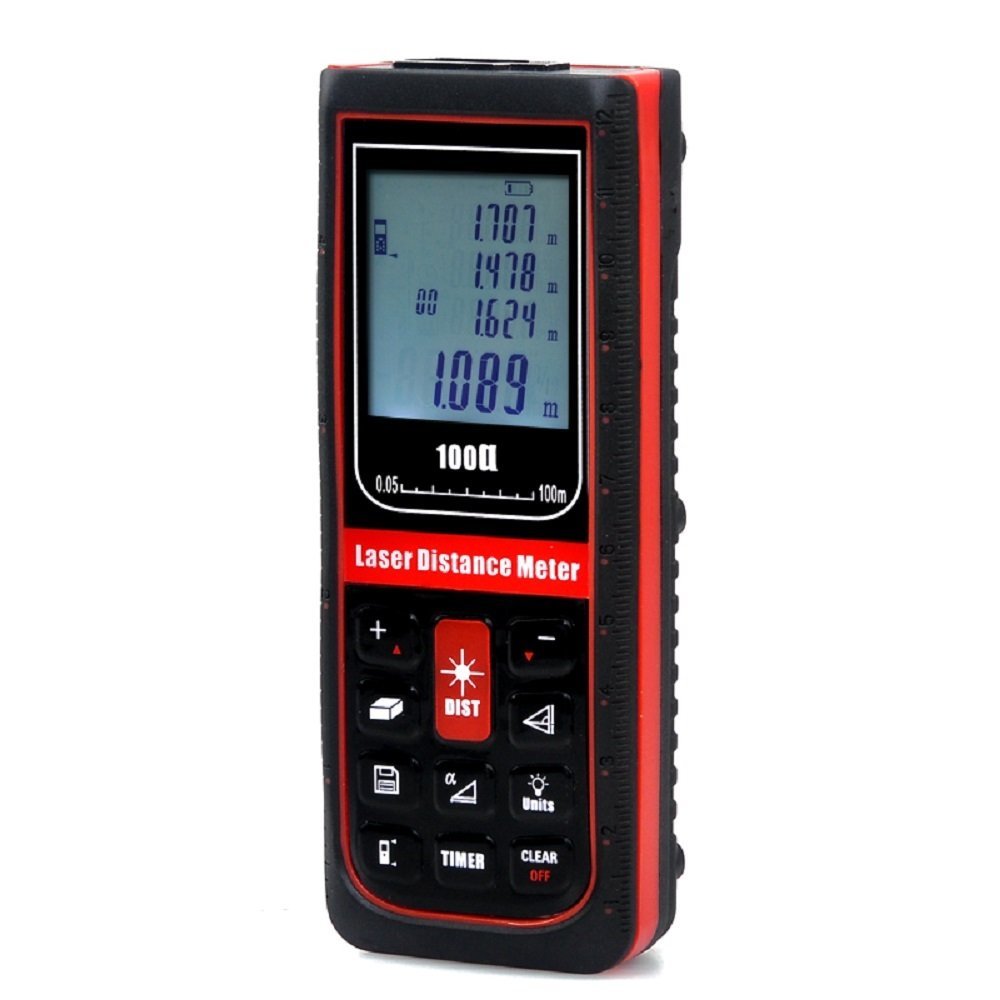If you own or plan to own a laser range finder, you’ll quickly realize that you have a potent tool in your hands. Use the laser measurer long enough, however, and you will eventually run into a few problems that have less to do with the device itself and more to do with how you use it.

So without further ado, here are four of the most important “red flags” you should not do when using a laser range finder:
Not Using A Wrist Strap
Too many people do not use the wrist straps that often accompany smaller laser-based range finders. The result: frequent drops that could severely damage the sensitive device.
Using the wrist strap is very important as you will often find yourself holding the range finder in awkward positions that are often unstable and puts you out of balance. The only exception to this rule is when you’ve mounted the range finder on a stable tripod. In most other situations, it is highly recommended that you use a wrist strap to prevent drops when you accidentally fumble the device.
Ranging At More Than 50 Meters Without A View Finder And Tripod
At ranges exceeding 50 meters (or about 164 feet), the slightest tremors from your hand will prevent you from accurately positioning – and spotting – the small dot with your bare eyes.
In these instances, you’ll need to invest in two pieces of gear: a view finder that magnifies your vision and a tripod that will keep the range finder firmly in place. Most laser distance meters come with tripods and can be easily swapped with other tripods, so that’s not much of an issue. View finders, however, are often only found on really long range laser measurers. You can simply use a pair of binoculars to spot the laser and then adjust it using the stability of a tripod to where you want it to be at.
Letting The Laser-Based Range Finder Get Dirty
Letting your laser range finder get dirty isn’t a red flag: it’s a downright sin.
This is especially problematic when the lens of the laser gets any sort of dirt on it. Mud splatter, water stains, dust buildup – virtually any sort of dirt can (and often will) hamper the accuracy and reliability of the device. Invest in a decent case, keep the laser range finder boxed up tight when not in use, wear the aforementioned strap to prevent accidental straps and – above all else – spend some time inspecting and cleaning the device as needed.
Forgetting To Explore The Advanced Features
Many laser range finders are more than just high-tech tape measures, which is why you need to read the manual very carefully.
Modern laser distance measurers come with memory capabilities; allowing you to add or subtract values on the device itself. Others come with the ability for advanced mathematical equations that allow them to automatically calculate the distance between two different points or to measure the area within a given field. The only way you’ll be able to find out what your device is capable of is to scan the manual. If you don’t have the manual with you, then visit the manufacturer’s website and download a copy of the manual for the model you have on hand.
Make sure to avoid these red flags, and you’ll not only avoid the problems that come with them but also make the most of all that your laser range finder has to offer!
Those in the market for a low-cost but high-quality laser range finder will find plenty to like over at Chinavasion.com. Visit the gadget wholesaler’s website to find out more about its wide catalogue of goodies as well as its dropshipping and bulk-order discount plans!
